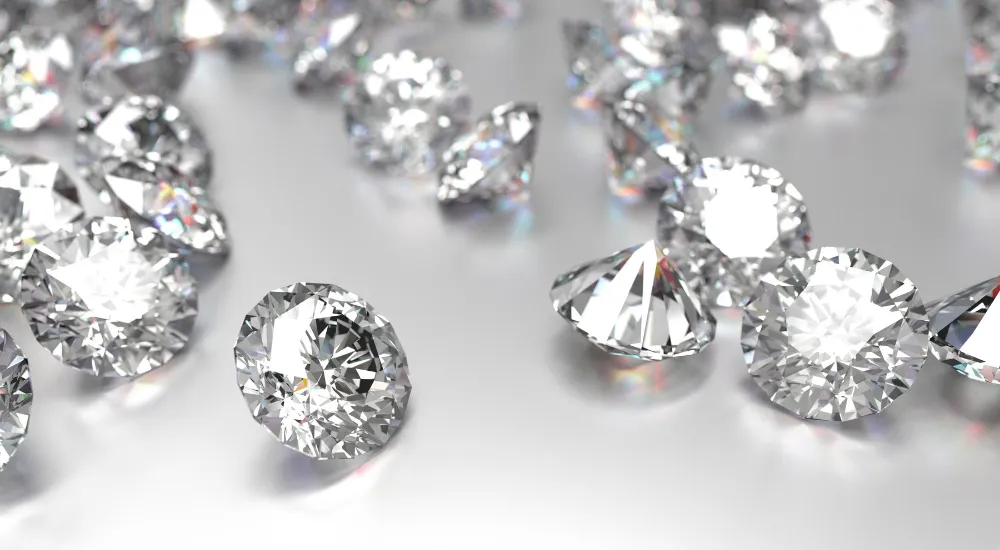Lab-grown diamonds have been making waves in the jewelry industry, challenging the dominance of their natural counterparts. As technology advances, consumers are presented with a compelling alternative to traditional diamonds. But are lab-grown diamonds truly better? Let’s delve into the intricacies of this debate to help you make an informed decision.
Introduction
In recent years, the jewelry market has witnessed a surge in interest towards lab-grown diamonds. These diamonds are cultivated in controlled laboratory environments, mimicking the natural processes that occur deep within the Earth’s crust. On the other hand, natural diamonds are formed over millions of years under immense pressure and heat. Both types of diamonds possess unique characteristics and appeal to different segments of consumers.
Quality and Characteristics
When it comes to quality, lab-grown diamonds are often indistinguishable from their natural counterparts. In fact, they exhibit the same chemical, physical, and optical properties. However, one notable difference lies in the absence of inclusions and impurities commonly found in natural diamonds, resulting in enhanced clarity and brilliance.
Environmental Impact
One of the most significant advantages of lab-grown diamonds is their minimal environmental footprint. Unlike traditional diamond mining, which involves extensive land excavation and energy-intensive processes, lab-grown diamonds require significantly fewer resources and produce fewer carbon emissions. This makes them a more sustainable and eco-friendly choice for conscientious consumers.
Ethical Considerations
Ethical concerns surrounding the diamond industry have prompted many consumers to seek alternatives to natural diamonds. Lab-grown diamonds offer a transparent, are lab grown diamonds better, and ethical sourcing solution, free from the issues of child labor and human rights violations often associated with traditional diamond mining.
Cost and Affordability
In terms of cost, lab-grown diamonds typically offer a more affordable option compared to natural diamonds. The controlled production process allows for greater efficiency and cost savings, making lab-grown diamonds accessible to a wider range of consumers. However, it’s essential to consider other factors such as size, cut, and color when comparing prices.
Durability and Longevity
Both lab-grown and natural diamonds are renowned for their durability and longevity. They rank at the top of the Mohs scale of mineral hardness, ensuring resistance to scratching and wear over time. Whether you choose a lab-grown or natural diamond, you can rest assured knowing that your investment will stand the test of time.
Market Trends
The jewelry industry has witnessed a shift in consumer preferences towards lab-grown diamonds. With advancements in technology and increased awareness of sustainability issues, more individuals are opting for ethically sourced and environmentally friendly alternatives. This trend is reflected in the growing market share of lab-grown diamonds.
Certification and Authentication
When purchasing a diamond, whether lab-grown or natural, certification plays a crucial role in ensuring its authenticity and quality. Reputable laboratories such as the Gemological Institute of America (GIA) provide certification services for both types of diamonds, offering peace of mind to consumers.
Fashion and Trends
Lab-grown diamonds are not only changing the jewelry industry but also influencing fashion trends worldwide. Their versatility and accessibility make them a popular choice among designers and consumers alike. From engagement rings to statement necklaces, lab created diamonds are making their mark in the world of fashion.
Cultural Perception
The cultural significance of diamonds has long been intertwined with notions of love, commitment, and prestige. While natural diamonds hold a storied legacy, lab-grown diamonds are redefining traditional perceptions and challenging societal norms. As attitudes towards sustainability evolve, so too does the cultural perception of diamonds.
Maintenance and Care
Proper maintenance is essential for preserving the beauty and brilliance of your diamond, whether lab-grown or natural. Regular cleaning and professional inspections will ensure that your diamond retains its sparkle for years to come. With proper care, your diamond will continue to dazzle for generations.
Innovation and Technology
The rapid pace of technological innovation has revolutionized the diamond industry, paving the way for new possibilities in diamond cultivation. From advanced growth techniques to breakthroughs in diamond synthesis, the future looks bright for lab-grown diamonds. As technology continues to evolve, so too will the landscape of the jewelry market.
Consumer Education
Educating consumers about the differences between lab-grown and natural diamonds is paramount in making informed purchasing decisions. By dispelling common myths and misconceptions, consumers can gain a deeper understanding of the unique qualities and benefits of lab-grown diamonds.
Personal Preference and Choice
Ultimately, the choice between lab-grown and natural diamonds boils down to personal preference and values. Whether you prioritize sustainability, ethical sourcing, or cultural tradition, there is no right or wrong answer. What matters most is selecting a diamond that resonates with your individual style and values.
Conclusion
In conclusion, the debate over whether lab-grown diamonds are better than natural diamonds is complex and multifaceted. While both types of diamonds offer their own set of advantages and considerations, it ultimately comes down to what matters most to you as a consumer. Whether you choose a lab-grown or natural diamond, the most important thing is selecting a diamond that reflects your values and brings joy for years to come.




